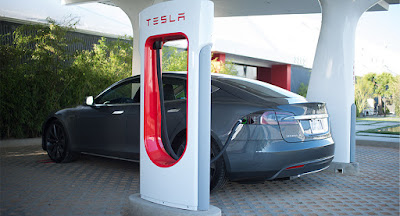I have a Facebook problem.
The problem is, I love Facebook. I love posting about my day, connecting with friends near and far, and seeing the funny/crazy/sweet things people share. But I also hate Facebook, for being such a time suck, for making me feel bad about myself when other people’s lives seem so much more exciting than mine, and for leading me to spend more time interacting with a screen than with the real world. And when I log off Facebook, Instagram and Twitter are there clamoring for my attention, a never-ending scroll of links and tweets and photos and conversations that feels impossible to keep up with.
A few weeks ago, I’d had it. It seemed like social media was bringing me more guilt and frustration than happiness. So I decided to go on a fast, starting immediately. Here’s what I’ve learned:
Cold turkey was the way to go
I’ve made attempts to cut down before, setting rules like “Only check Facebook first thing in the morning” or “Only check Twitter during lunch” or, when I came back to work after maternity leave, “Only use social media while pumping breast milk.” But one quick check in the morning always turned into needing to get back on at 11am to see if anyone commented on that one post, which turned into composing witty replies to those comments, which turned into OMG I’m late for that meeting! I had no self-control. Cutting myself off from social media completely was the only way to ensure I’d stay honest. I even deleted the Facebook app from my phone.
The FOMO wasn’t as bad as I’d feared
Yes, I missed a bunch of birthdays, and yes, I would have missed the news of a former coworker’s engagement if another friend hadn’t seen the post and clued me in (thanks, Camille!). But to my surprise, even from day 1 of my fast, I didn’t feel like I was truly missing out on anything. My best friend from high school texted me cute pictures of her 2-year-old. I caught up with people over email or even on the phone (remember that?). I checked my favorite news sites for the day’s headlines. I was good.
What I wasn’t getting: constant updates about the awesome vacations people were taking (making me feel like a boring homebody), or the amazing educational activities they’d planned for their kids (making me feel like a slacker mom), or the IMPORTANT POLITICAL THING WE SHOULD ALL TAKE ACTION ON NOW that inevitably devolved into a nasty name-calling flame war (making me feel tired). I didn’t miss any of that at all.
Facebook, on the other hand,
seemed to think I was missing out big-time. Since day 3 of no Facebook, I’ve
been getting increasingly desperate daily emails like this one:
I was way more productive
I had never realized how often during the workday I clicked on
Facebook out of sheer habit—I caught myself typing in the URL on autopilot way
too many times that first Facebook-free day. But the real shocker was how much
more I got done at home, when my evenings no longer disappeared into a black
hole of sitting on the couch scrolling through my feeds. I read actual books! I
made a quilt! I worked out! It was almost embarrassing how much time I
suddenly had on my hands.
I
was more present
When I wasn’t constantly thinking about how to describe every
moment in a perfect tweet or status update, I got to actually live the moment. I took pictures of my kids
just for me, rather than for a filtered-and-framed Instagram shot. When we went
to the beach or had dinner with friends, I savored the experience for itself,
not for how good it would make me look when I posted about it.
I might be cured of my Facebook addiction
I stayed on total social media blackout for two full weeks. Then I
decided to let myself hop back on Instagram once, to post a photo of the
Lightning McQueen cake I made for my son’s birthday. A few days later, I
started sending out a few tweets.
But Facebook…oh, Facebook, you ultimate time-suck. I was really worried that I
would get back on Facebook and immediately fall back into my old ways. Was it
even possible for me to use Facebook in a healthy way?
Last night I got on Facebook, for
the first time in more than three weeks. I scrolled through my feed for about
five minutes. And then…I closed my browser. I put away my laptop. And I went to
bed. And I don’t really feel like going back.
It turns out my Facebook addiction was just a (really) bad
habit. By interrupting the habit, I might have broken the cycle. I won’t quit
Facebook completely—all those things I love about it haven’t changed. But now
that I know I can go without it entirely, it seems easy to limit myself to just
checking in, say, twice a week. Wish me luck!
















